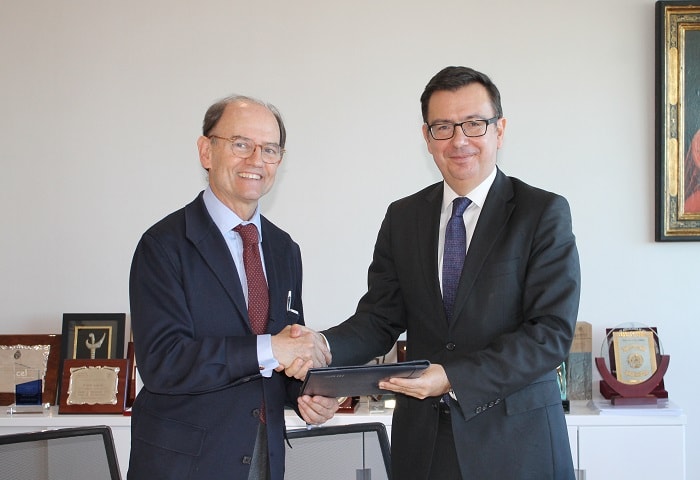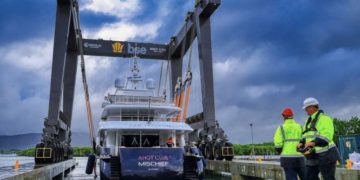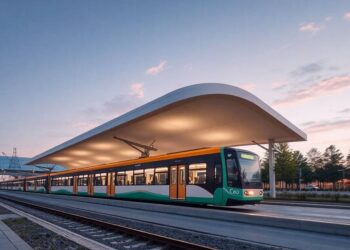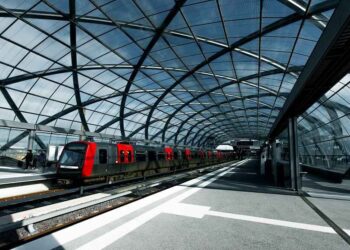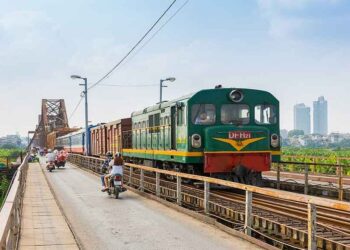The US city of Baltimore’s Metro Subway and Light Rail System (LRS) are operated by the Maryland Transit Administration (MTA).
The project was executed under a 1966 transit plan that involved the construction of six rapid transit lines. The plan was later reduced to one subway, the northwest line, due to a shortfall of federal investment. However, the construction of north and south lines under the plan was executed as the Baltimore Light Rail.
The construction of the metro subway was started in 1974 and was opened in 1983, while the light rail system started operations in 1992 between the Timonium and Camden yards.
The 15.5 mile-long metro subway connects 14 stations and operates 100 cars. The light rail system connects 33 stations, is 29 miles long and runs 53 cars.
The metro subway links Johns Hopkins Hospital and Owings Mills of Baltimore, while the three lines of the LRS connect Baltimore’s Hunt Valley to BWI Thurgood Marshall Airport and Cromwell/Glen Burni, and Camden yards to Penn Station.
A surveillance project involving the installation of video cameras is currently being carried out at 14 rail stations in Baltimore. The safety and security of commuters travelling on Baltimore’s metro subway, light rail system and MARC train service will be improved by this surveillance project.
The video cameras and advanced surveillance software required for the project will be deployed by ARINC Incorporated, which previously worked for 11 other stations for the Baltimore project and also fixed a monitoring facility in October 2008.
Project
The Baltimore’s rail project involved construction of a single line subway and a three-line light rail system. The metro subway is a high capacity rail system with the tracks separated from the highway. The metro can be operated at ground level, on an elevated surface and can also run underground in tunnels. The light rail system is an electrically powered system that can operate single cars or short trains at ground level, in subways and in streets.
The conception of the transit line project was started in June 1963 while the construction of the subway was started in October 1974 at Bolton Hill Station, which is now called State Center.
The metro line consists of approximately 6.2 miles of underground track, 2.2 miles of elevated path and 6.8 miles of rail track. The deepest subway station is Penn-North Metro Subway Station with a depth of 110ft while Mondawmin is the second deepest at 90ft depth.
The subway’s cars have been upgraded to increase reliability of motor and electrical components. New systems including security cameras, automatic voice annunciators, interior destination signs and improved seating and flooring were installed during the upgrade.
The light rail system, initially a single 22.5 mile line, was extended to three lines during 1997. The extension included a 4.5 mile line towards the north, targeting Hunt Valley and two spurs linking Penn Station and BWI Airport terminal.
MTA awarded a design contract to ABB Traction in 1988. The contract involved designing light rail cars. The construction work was started in December 1988.
Further, the Maryland Mass Transit Administration carried out a light rail line upgrade project, Light Rail Double Tracking, which involved constructing 9.4 miles of track that doubled eight sections of the light rail line between Timonium and Cromwell Station/Glen Burnie.
The total estimated cost of the double tracking upgrade was $150m, out of which about $120m was funded by the Federal Government. The project was completed in 2006.
The light rail system between Mt Royal and Camden yards was constructed by Herzog Contracting Corporation, Missouri, in May 1990. The construction of 17 light rail stations was carried out by Corman Construction. US-based Lane Construction Company carried out the construction of light rail from Louisiana Ave. in Baltimore County to Dorsey Road in Anne Arundel County.
Line routes
The metro subway’s trains that depart at Johns Hopkins Hospital move towards Owings Mills through State Center/Cultural Center via Charles Center and Lexington Market. The east-west bound line also connects Upton/Avenue Market and Mondawmin through Penn-North. Further, it links the stations West Coldspring, Rogers Avenue, Reisterstown Plaza, Milford Mill and Old Court that are on the way to the Owings Mills terminus.
Initially, the subway system was operated between Charles Center in downtown Baltimore and Reisterstown Plaza in the north-west section of the city.
The light rail system’s three lines are all north-south bound lines. Of the three lines, two lines connect 30 stations while the third is a spur that connects the main line to the Penn station. The two major lines start at Hunt Valley and traverse towards BWI Thurgood Marshall Airport and Cromwell/Glen Burnie through Linthicum, Camden Yards, Lexington market, University of Baltimore/Mt Royal and Timonium junctions.
Hunt valley and Timonium are connected through Pepper Road, Mc Cormick Road, Gilroy Road and Warren Road. The stations between Timonium and the line’s next junction are connected along Timonium Business Pk, Lutherville, Falls Road, Mt Washington, Cold Spring Lane, Woodberry, North Avenue.
The third light rail line connects Camden Yards to Penn Station.The initial 22.5mile single line of the light rail system runs from Timonium in Baltimore County in the north to Glen Burnie in Anne Arundel County in the south.
Infrastructure
The metro subway system’s supporting infrastructure includes elevators, escalators, tactile warning strips, accessible parking, and priority seating.
The subway system with track of 30 miles has 81 escalators and 33 elevators. The metro subway track has a high voltage rail bar carrying electrical energy used to run the trains on track. The voltage of the third rail is approximately 750V.
The elevators and escalators are fixed at station entrances while tactile warning strips are placed at the edge of boarding platforms of metro subway and light rail systems. Customer’s licence plates or MVA permits can accesses the parking slots available at subway stations. The subway car has reserved seating for senior citizens and people with disabilities.
The accessible features of the light rail include ticket vending machines, tactile warning strips, access buttons, level boarding platforms and priority seating.
In 2006, all light rail and metro subway stations were fixed with new ticket vending machines. The machines feature audio instructions, braille and raised letter instructions.
Signaling and communications
The underground metro stations use the Next Train Alert system, which alerts passengers of an approaching train. The wall-mounted system alerts passengers by flashing blue lights and a series of audible tones. The expansion of alert systems, starting at the Charles Center Station and ending at the Mondawmin Metro Station, was executed during 2008.
A Protran early warning safety system mounted in each train’s cab electronically communicates to maintenance personnel. A personal pocket device worn by rail staff detects the train and sends an alarm to alert track workers.
The subway station also includes automatic voice annunciators and interior destination signs that enhance the mobility of the visually impaired.







